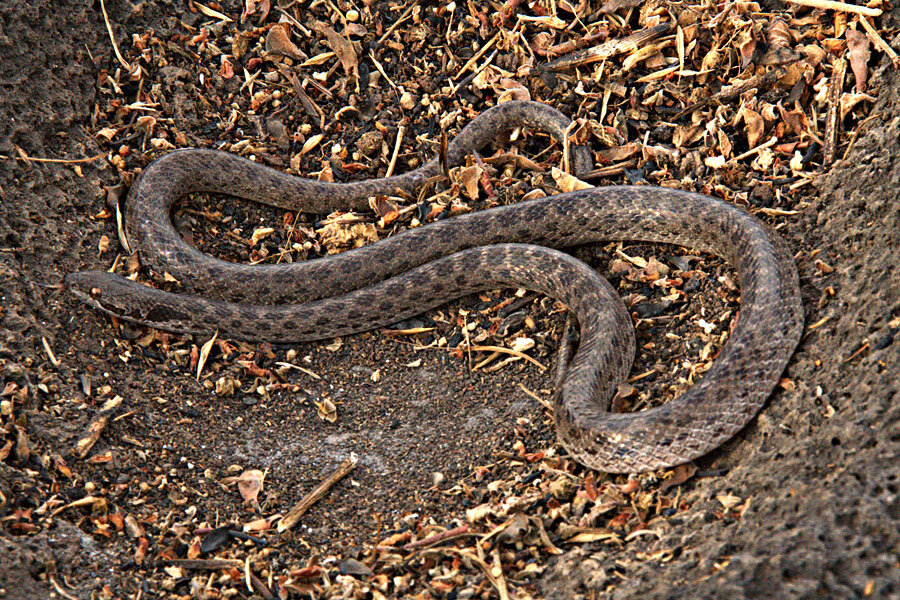Clarion night snake: 'Lost' snake rediscovered on remote Mexican island
Loading...
| Mexico City
A species of snake that had been "lost" for almost 80 years has been re-discovered on a remote Mexican island.
According to a study published in the PLOS ONE scientific journal, the Clarion nightsnake was found again on one of the Revillagigedo Islands, more than 400 miles (650 kilometers) off Mexico's Pacific coast.
The original, and until recently the only, spotting of the species was made by American naturalist William Beebe in a 1936 visit to Clarion, one of the four Revillagigedo Islands. He returned with one snake preserved in a glass jar.
Subsequent visits failed to find more nightsnakes, and no further sightings were reported over the years from the island, which is inhabited only by a small detachment of Mexican marines. The existing dead sample was assumed to be a labelling error and the snake was largely struck from taxonomic registries.
But Daniel Mulcahy, a researcher for the National Museum of Natural History in Washington, suspected it might still exist. He and Juan Martinez Gomez of Mexico's Ecology Institute set out to find it.
Martinez Gomez, an expert on the Revillagigedo Islands, noted the islands change a lot from season to season, so they timed the expedition last May to replicate Beebe's steps as they looked for the snake, which blends in with the island's rock formations and is largely active at night. And they used Beebe's original field notes as a guide.
"Basically, following those directions, we essentially put ourselves in his place," Martinez Gomez said.
One of his graduate students, Juan Alberto Cervantes, was the first to spot one of the snakes for the first time since 1936.
The researchers performed DNA analysis to establish the long, dark spotted snake as its own species and see where it had come from. The tests showed it is most closely related to snakes from Mexico's Sonora-Sinaloa coast more than 500 miles (800 kilometers) away. Martinez Gomez said the snake's ancestors may have made the trip from the mainland on a tree trunk felled by a storm and washed out to sea.
The National Museum of Natural History said Mulcahy "uncovered the controversy surrounding the inclusion of this snake in the scientific record, and found that it appears to be the only species ever to be discarded due to a presumed locality error."
Patricia Escalante, a biologist who curates bird collections at Mexico's National Autonomous University and who was not involved in the snake project, said the re-discovery of the Clarion nightsnake was "very interesting" and significant because of the fragility of island ecosystems.
One inhabitant of the Revillagigedo Islands, the Socorro dove, went extinct in its natural habitat sometime in the 1970s. But live specimens had been taken off the islands in the 1920s, and their descendants were recently re-introduced to the islands.
Copyright 2014 The Associated Press. All rights reserved. This material may not be published, broadcast, rewritten or redistributed.







